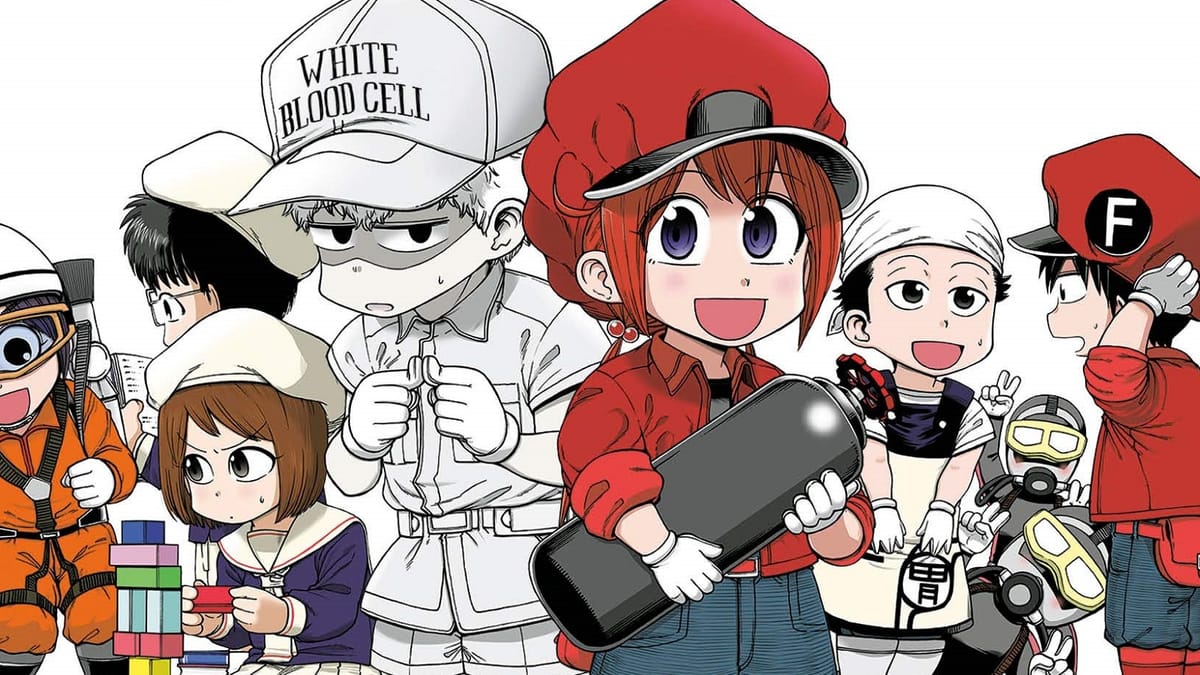
An April shower of manga is upon us, and what better way to celebrate than with a video game book review! (This isn’t an out-of-season April Fools joke, I assure you!) In this third installment of our increasingly inaccurate Manga Minis column, we’ll check out some cool new manga out now, alongside a special mini book review!
Editor’s note: We’re hitting the ground running with our manga reviews this year! While I might not be able to give every volume a full review, I’ve decided to do quick impressions and debut the new rating system for our manga mini reviews. I present to you our UwU system, with the rating capped out at 5 UwUs! I hope you have a great time checking out some fresh new manga!
The History of Video Games (Owlfish)
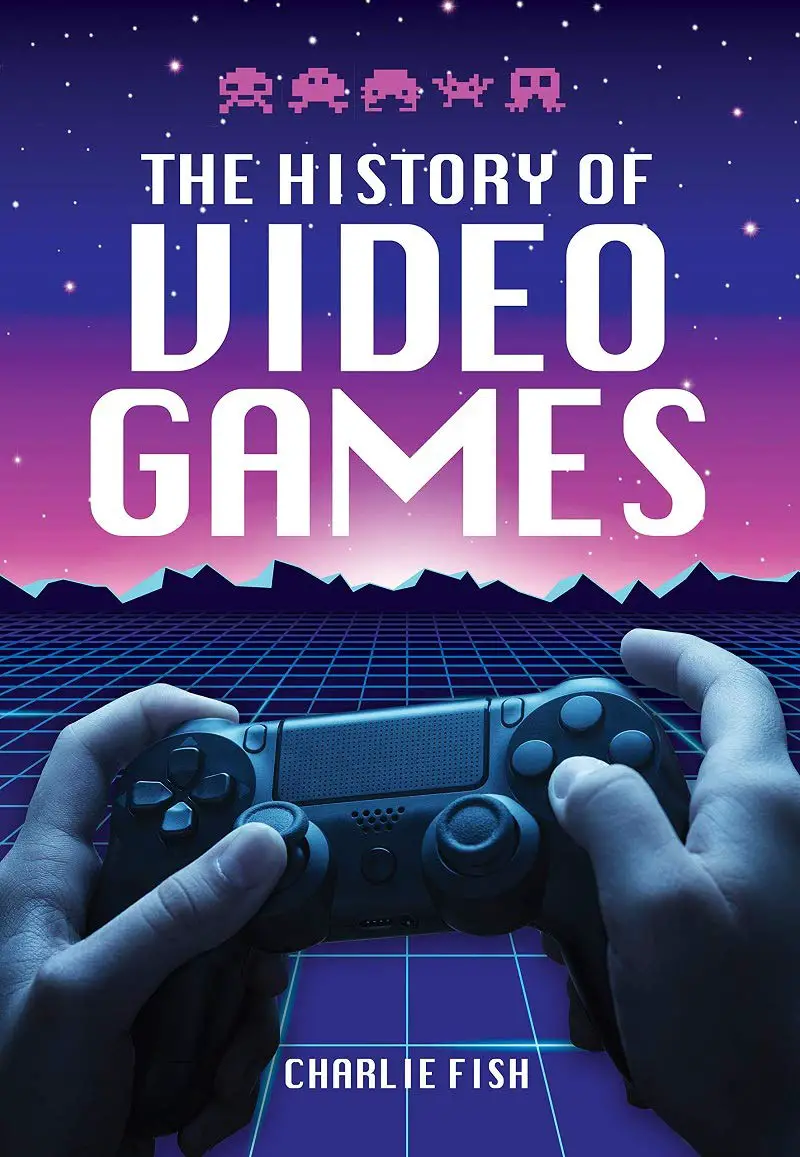
Charlie Fish’s book The History of Video Games is decidedly not a manga or light novel, but this is my column and I wanted to talk about it! In seven chapters (called Levels here), Fish goes over the wonderful world of video games, filled to the brim with fun tidbits and facts about the early days of gaming. I quite liked the third chapter, which detailed some important people in the history of the medium. While I knew the greats like Nolan Bushnell and Gabe Newell, there were quite a few figures I didn’t realize had a huge impact on gaming, such as Roberta Williams (who popularized the graphic adventure genre) and Clive Sinclair (who helped usher in the UK gaming scene with the ZX Spectrum).
I think the weakest chapters in this book are the first couple of chapters (which go over a brief history of video games as a medium) as well as the fifth chapter (which delves into gender and representation). The first two chapters simultaneously feel too short and yet too long since most of the information here is basic knowledge to even non-gamers. The fifth chapter, while having fair points about some video game depictions of women, highlighting the oversexualization of female characters, feels like it’s editorializing and stretching the points a bit too much. When you’re highlighting how apparently Toadette is the only named female Toad (an incorrect notion, just looking at Paper Mario’s cast of Toads), it feels like this should have been combined into the next chapter of Culture and Community. (The author even spells SoulCalibur wrong… twice!)
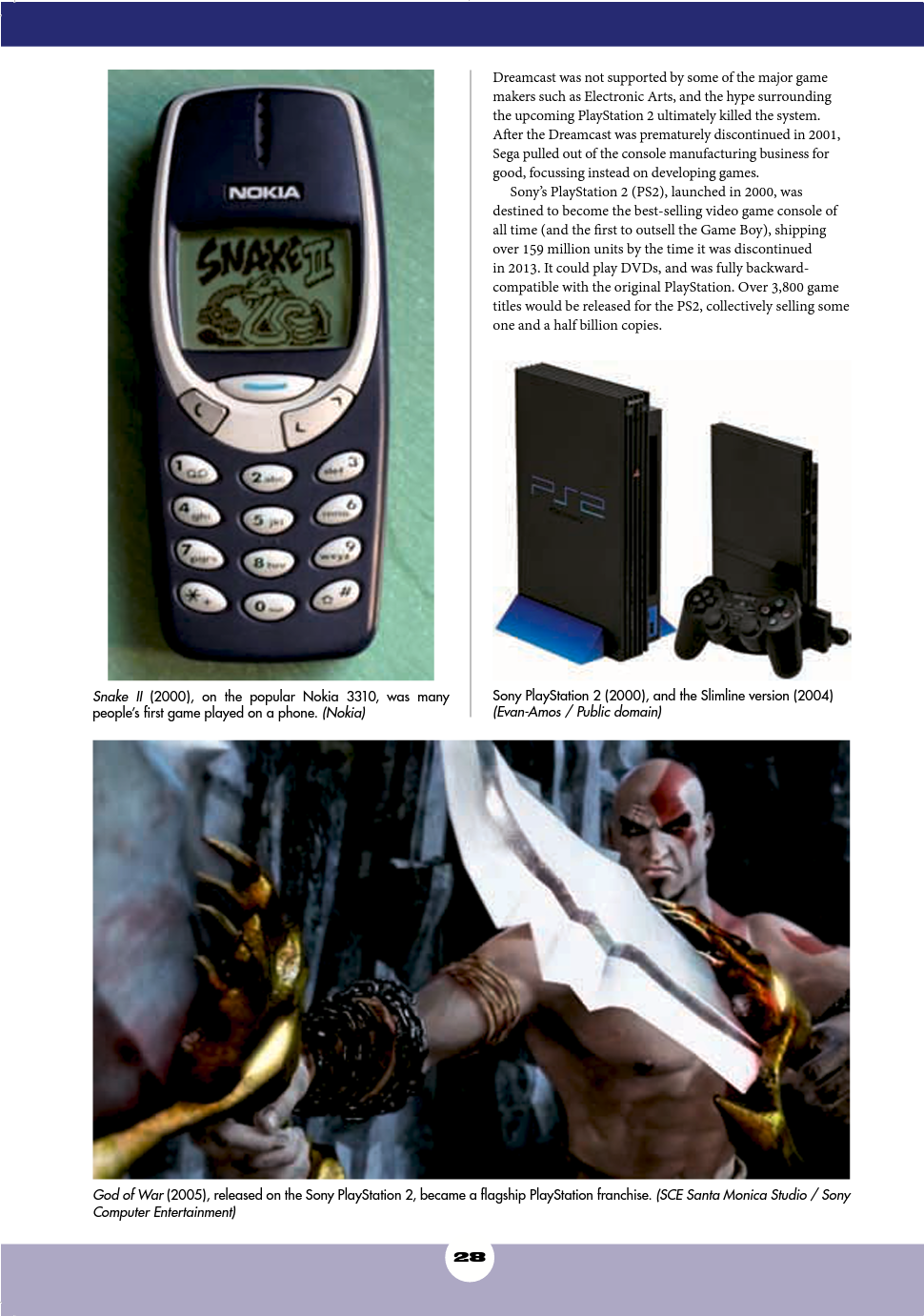
As for presentation, each chapter is adorned with full color photos of different gaming memorabilia and gameplay screenshots. I really loved the hardware pictures and press conference photos, while the gameplay screens feel a bit dated and sloppy. The overall package is serviceable and a nice treat for those who want a crash course in video game history.

Rating: 3 out of 5 UwUs
Cells at Work! Baby Volume 1 (Kodansha)
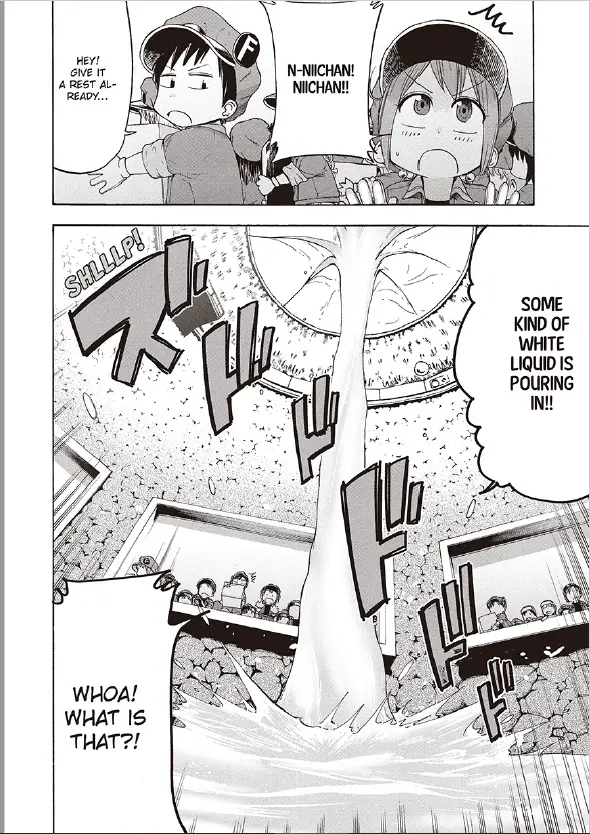
Cells at Work! is an interesting anime, in that it’s actually medically accurate and I’ve shown it to some nurses who’ve agreed. The franchise is reaching its peak popularity now, with not one but two different shows popping up during the winter anime season (that being the main show’s second season as well as the mature-rated Cells at Work! Black), and likewise the manga spinoffs are multiplying as fast as… well, red blood cells! As the title implies, Cells at Work! Baby highlights the birth of an infant as you see how their bodily functions work. As this is a spinoff that highlights the birthing process, the characters this time around are chibi-sized, with Red Blood Cell being led by a Hemoglobin-F Red Blood Cell most of the time.
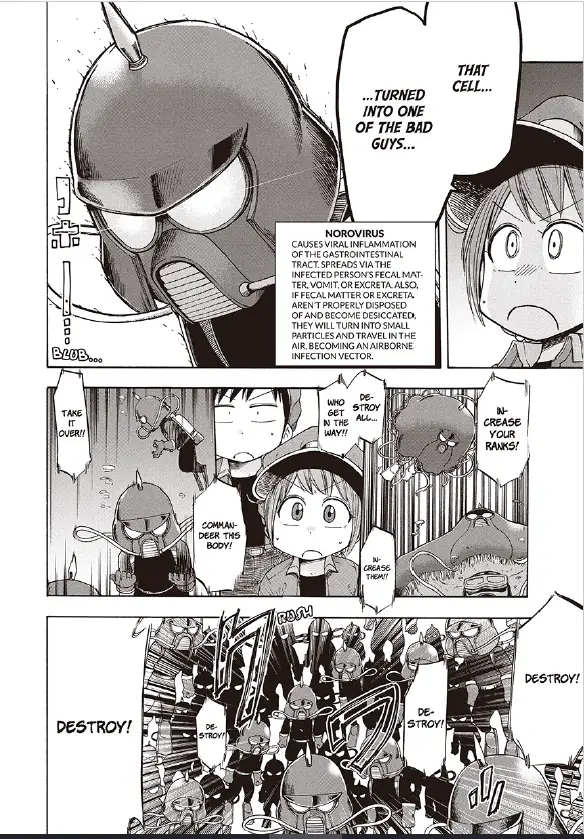
Much like the main Cells at Work!, it’s always cool to see a manga rendition of a rather mundane subject matter, what with things like pregnancy and the Norovirus being some pretty harrowing events. I think that sometimes the textboxes can get too wordy at times, and the chibi proportions can be off-putting to those that want something like the main series or Black, but it’s a nice way to supplement your Cells at Work! itch.

Rating: 3 out of 5 UwUs
Beastars Volume 11 (VIZ Media)
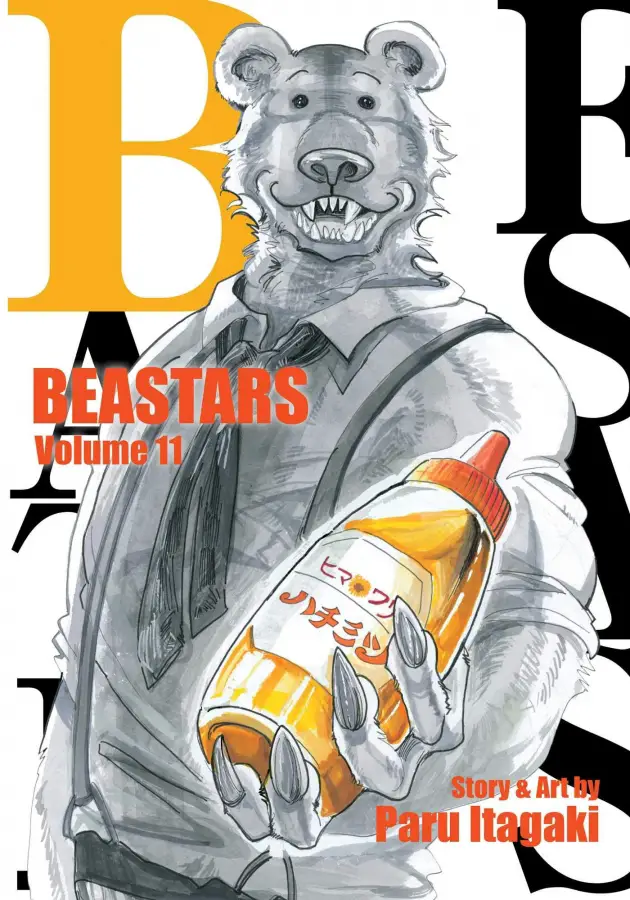
Ah yes, the climactic battle between Legoshi and Riz continues in this volume, and boy is it brutal. I’ve commended the series so far for portraying a gritty look into the world of carnivore/herbivore relationships, and volume 11 really takes the thesis up a notch. While we only see the main battle being covered in these chapters, a lot more happens behind the scenes, so even if it feels like confrontation between the wolf and bear is the central conflict, we also get more developments from Louis and his conflicted relationship as the Shishigumi boss.
Louis’ arc within his involvement in the shady gang reaches a head here, and honestly I wanted it to be prolonged a bit longer. It also hurts that the surrogate father/son relationship between him and Ibuki is basically severed (though it also highlights the cruelties between carnivores and herbivores in the world of Beastars). Pina’s role in the story basically replaced Louis as the latter ran away, so with that dynamic being changed after a couple dozen chapters, it feels a bit rushed. That said, the changed status quo is a nice touch, and we finally get to see how Legoshi and Louis’ friendship is truly tested. This volume is filled to the brim with fight scenes and some harrowing decisions on both main characters’ parts. Seeing the mystery surrounding the series from chapter 1 concluding is a fine experience indeed.
Overall, Beastars is an amazing manga and I’m so excited to see what’s going to happen next, especially with the second season of the anime coming to western shores this summer.

Rating: 5 out of 5 UwUs
Beast Complex Volume 1 (VIZ Media)
Speaking of which, there was another Paru Itagaki manga that came out around the same time as this volume of Beastars, which is Beast Complex. Originally a prototype to what would be known as Beastars, this anthology of stories highlights the… well, complex relationships between herbivores and carnivores, as each chapter highlights a tale of an herbivore and carnivore pair. Whether it’s two friends who are growing up, blissfully unaware of their biological differences to a vitriolic duo of divas who need to work together to get a cooking show done, there’s a wealth of lore that complements the world of Beastars quite well. (There’s even a Legoshi cameo before he heads to Cherryton!)

Since this is a collection of chapters that weren’t continually serialized, there are a few shifts in the art here and there. While the later chapters were made while Beastars was being run, I quite liked the earlier chapters in this volume due to how expressive and distinct the art style was compared to the more uniform gritty look that the series was known for. That said, this is one of the better supplementary volumes I’ve read, and I can’t wait to read the rest of the series (as well as more Beastars).

Rating: 4 out of 5 UwUs
My Hero Academia: Team Up Missions Volume 1 (VIZ Media)
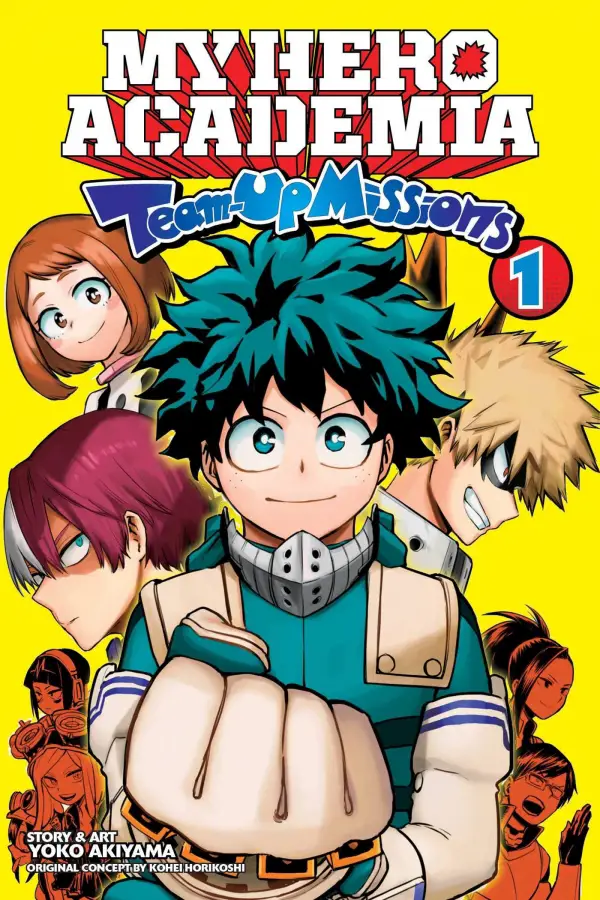
I’ve only started collecting comics in 2015, but I’ve read enough to know that there comes a time when every fan sucks it up and delves into a bunch of spinoffs and crossovers for an event that should only last a few issues. Likewise, My Hero Academia: Team Up Missions is one of the supplementary works that My Hero Academia fans will scoop up (me included). However, I would only recommend diehard fans to follow this one, as it’s basically filler with wasted potential.
As the title suggests, Team Up Missions has various members of 1-A fighting alongside a bunch of pro heroes (sort of like a more descriptive internship arc). While this sounds like it could be a good way to highlight lesser known characters or flesh out the lore (ala My Hero Academia: Vigilantes), much of the volume is wasted on unnecessary fights, and half of the volume is dedicated to Midoriya’s experience teaming up with pros. It feels like an extension of an arc rather than a brand-new one, and like a side- comic in a main event, nothing exciting or meaningful really happens here.
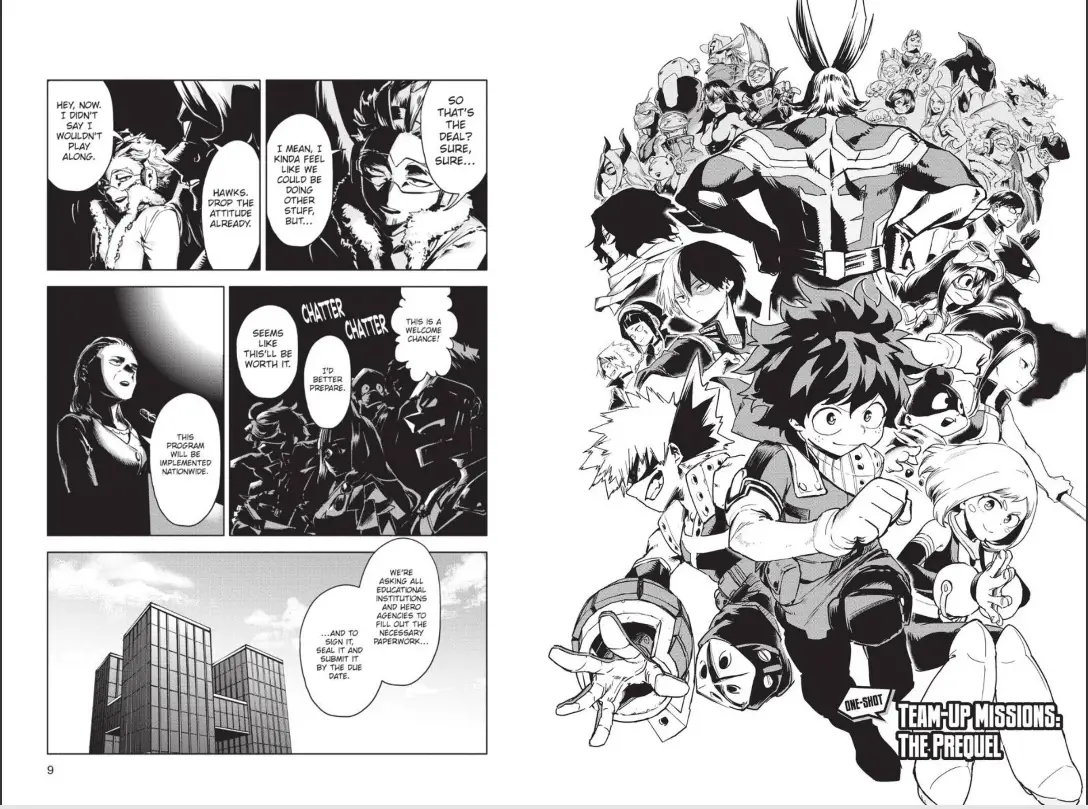
I appreciate the fact that the manga includes Melissa Shield from the Two Heroes movie in a couple of stories, but that doesn’t escape the fact that there’s a ton of wasted potential here. Even seeing heroes like Hawks and Suneater here feel underwhelming due to their involvement and role in the current arc of the manga. The art is serviceable, with it matching the usual art of the main series. Hopefully the next volume of this manga will highlight some of the lesser known 1-A characters (Here’s hoping we get a Ojiro or Sato chapter, they’re pretty underutilized).

Rating: 2 out of 5 UwUs
Stitch & the Samurai Volume 1 (Tokyopop)
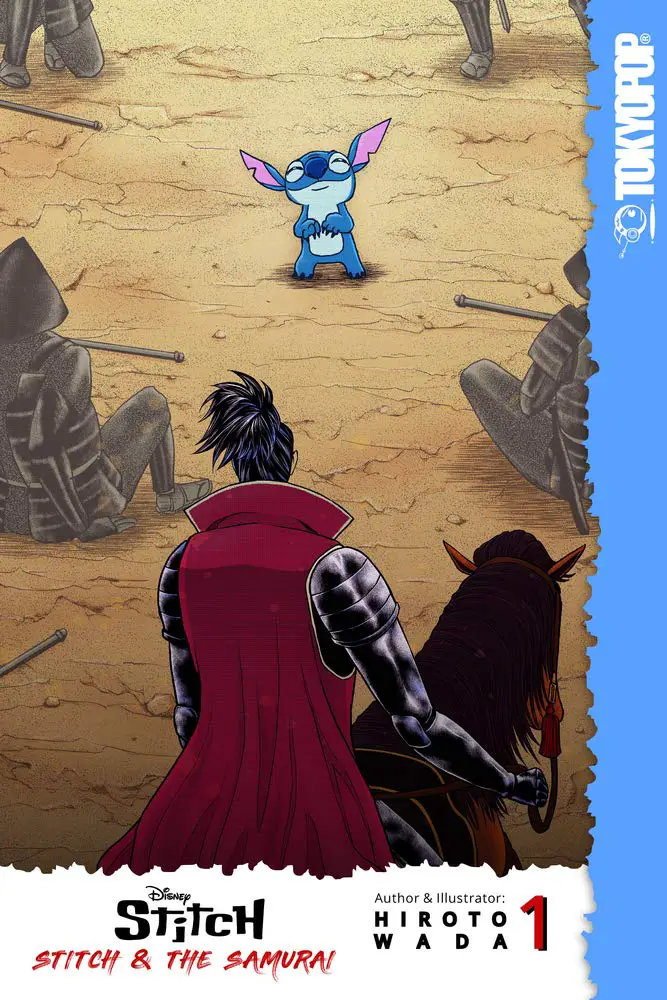
You’d think the Kingdom Hearts franchise would have desensitized me on the topic of Disney properties entering some wildly out-of-place scenarios, but Tokyopop’s Stitch & the Samurai has proven me completely wrong. Featuring a blend of stunning artwork clashed with the goofiness of a Disney character in a regular cartoon style, this historical slice-of-life mix is something I didn’t know I needed until now.
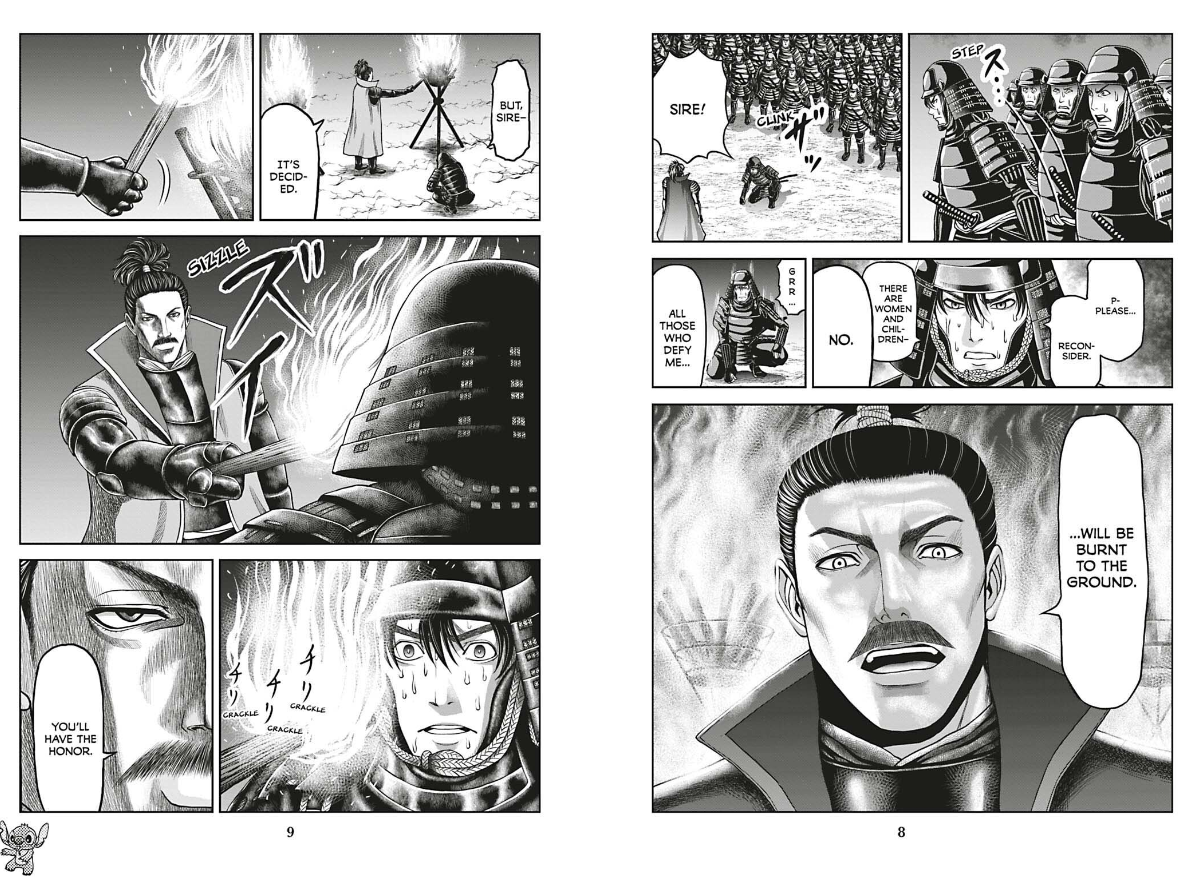
During a mission to destroy an enemy, ruthless lord Meison Yamato has a bit of a wrench thrown in his plan: the lovable (if a bit reckless) Stitch has arrived from outer space! At first, Yamato and his men don’t know what to do with the adorable alien, but it seems the cold and calculating master has a bit of a soft spot for Stitch. What follows is almost 200 pages of fish-out-of-water antics as Yamato tries (and mostly fails) to grow closer to Stitch while also trying to lead his men in hilarious contrast to his brutish character.

Much like Way of the Househusband (which is a manga you definitely need to read if you haven’t), the humor comes from a normally deadly man trying to impress a silly (if still dangerous) animal; this premise gets turned on its head since we’re also dealing with a historical anachronism here. The volume doesn’t exactly tell us how or why Stitch lands in feudal Japan (especially since the first few pages are of him running away from some sort of space authority), but there’s enough gags that you can ignore the logic of the weird plot for the time being.
If I had one complaint about Stitch & the Samurai, it’s that the art style between Stitch (as well as a familiar pair of villains-turned-anti-heroes) and the rest of the characters clashes enormously. This isn’t normally an issue (and I understand the significance of doing this), but there were quite a few times where it felt a little unprofessional and jarring to see a (well done, might I add) realistic samurai attacking foes while a goofy little alien punches him down. That said, it’s a cute debut volume that Disney and comedy manga fans should definitely check out.

Rating: 4 out of 5 UwUs
Missed out on a Manga Minis column? Here’s the first, as well as the second! We hope to see you back here again soon for more manga reviews beyond the page, here on Gaming Trend!
